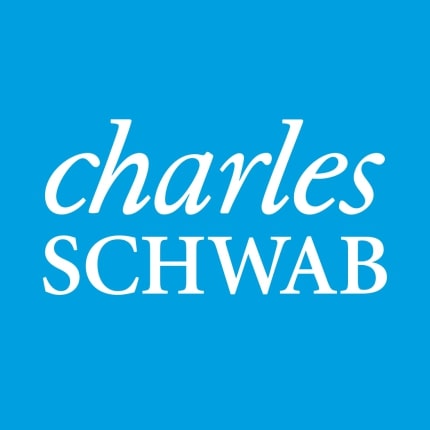Introduction
The Dividend Calculator helps you see how much money your investments can make over time through dividends. Dividends are payments that companies give to people who own their stocks. This tool shows you how your money can grow when you invest in dividend-paying stocks and reinvest those payments back into more shares.
You can enter your starting amount, how much you plan to add each year, and the dividend rate you expect to earn. The calculator will show you how much income you could receive each year and how big your investment could grow. It also lets you see what happens if you choose to reinvest your dividends or take them as cash. This makes it easy to plan for your financial future and understand how dividend investing works. For a quick way to calculate the yield on your dividend stocks, try our Dividend Yield Calculator.
How to use our Dividend Calculator
Enter your investment details to see how your dividend portfolio will grow over time. The calculator will show your ending balance, total returns, and yearly dividend income.
Starting Principal: Enter the amount of money you want to invest at the start.
Annual Contribution: Enter how much money you will add to your investment each year.
Annual Dividend Yield: Enter the percent of dividends you expect to earn each year based on your investment value.
Dividend Growth Rate: Enter the percent you expect your dividend payments to grow each year.
Annual Share Price Growth: Enter the percent you expect the stock price to increase each year.
Number of Years: Enter how many years you plan to keep your investment.
Maximum Dividend Yield: Enter the highest dividend yield percent the investment can reach.
Reinvest Dividends: Choose "Yes" if you want to use your dividend payments to buy more shares, or "No" if you want to keep the cash.
Payout Frequency: Choose how often you will receive dividend payments (monthly, quarterly, twice a year, or yearly).
Dividend Tax Rate: Enter the percent of taxes you will pay on your dividend income (optional).
Tax Free Dividend Income Allowed: Enter the amount of dividend income you can earn without paying taxes (optional).
What Are Dividends?
Dividends are payments that companies make to their shareholders. When you own stock in a company, you become part owner of that business. Some companies share their profits with owners by paying dividends. These payments usually come every three months, which we call quarterly payments.
Think of dividends like getting rent from a house you own. Just as a tenant pays you rent each month, companies pay you dividends for owning their stock. The more shares you own, the more dividend money you receive. Many large companies like Coca-Cola, Apple, and McDonald's pay regular dividends to their shareholders.
How Dividend Investing Works
Dividend investing means buying stocks that pay regular dividends. Your money grows in two ways. First, you get dividend payments that provide income. Second, the stock price may go up over time, making your shares worth more. This double benefit makes dividend investing popular for building wealth. If you're planning for early retirement while keeping your investments growing, check out our Coast FIRE Calculator to see how dividend investing fits into your retirement strategy.
The dividend yield tells you how much a stock pays compared to its price. If a stock costs $100 and pays $3 per year in dividends, the yield is 3%. Many dividend stocks also increase their payments each year. This means you get more money over time without buying more shares.
Why Reinvesting Dividends Matters
When you reinvest dividends, you use the payment to buy more shares instead of taking cash. These new shares also pay dividends, creating a snowball effect. Over many years, this compound growth can turn small amounts into large sums. Most successful investors reinv








